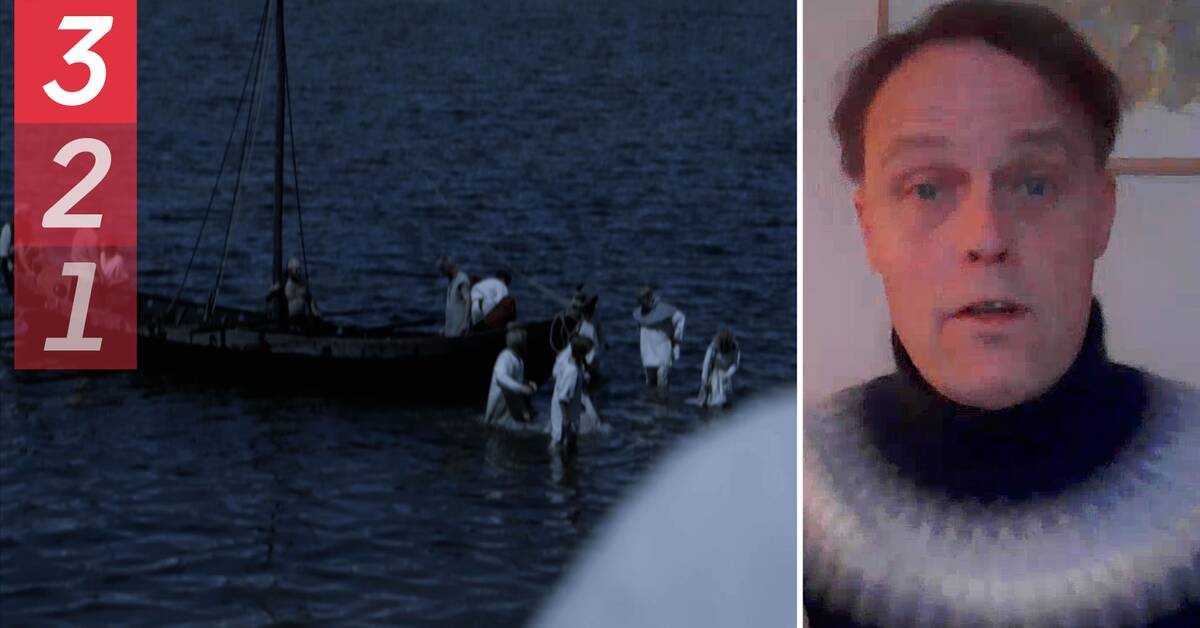People often speak of the Vikings as a traveling people, with contacts far out in the world.
Now a new Swedish-Icelandic study of DNA from 300 ancient skeletons shows that the period between the year 750 and 1050 also meant a peak in terms of the immigration of people to Denmark, Norway and Sweden.
- It becomes very clear during the Viking Age, says Anders Götherström who is professor of molecular archeology at Stockholm University, one of the researchers behind the study.
Exactly how large this immigration was, the researchers cannot answer, but Anders Götherström refers to previous research from 11th-century Sigtuna, where over a quarter of the inhabitants seem to have come from abroad.
Slaves and missionaries
Above all, the people come from two areas.
Around the year 750, people from Ireland and England begin to flow in.
They settle all over Scandinavia.
This coincides with intense Viking raids in the west, and some of the newcomers may have been brought here as slaves.
Others may have been missionaries or dignitaries who moved here to conduct trade or cultivate political alliances.
An example is an upper-class woman who was buried in a boat in Sala in Västmanland in the 8th century, and whose skeleton is included in the study.
- Either she was born in England, or she was born in Sweden to two parents who both come from the British Isles, says Anders Götherström.
The British-Irish genetics are still present to some extent in today's Scandinavians, a study of the genetic mass of roughly 16,500 people now alive shows.
Heavy influence from the east
During the latter part of the Viking Age, it is time for the next wave of immigration.
Then people start coming in from the east;
from the Baltics, present-day Russia and Ukraine.
- It is above all on Gotland and in the Mälardalen that you see a heavy influence from there, says Anders Götherström.
This time it is predominantly women who come.
But strangely enough, these immigrants do not seem to have left any major genetic traces behind in today's Swedes.
- So these are people who come who largely do not have children.
Either merchants who do not want to have children because they had intended to go home, or people who are not allowed to have children for some reason, e.g. slaves, says Anders Götherström.
This was the thing that surprised me the most during this work, and something that we need to research further to be able to explain.
Also immigration from the south and north
In addition to the two main groups moving into Scandinavia from the west and east during the Viking Age, the researchers also see traces of a smaller stream of people coming here from southern Europe, and occasional individuals entering from the northeast, from present-day Finland and Russia.
The research is presented in the latest issue of the scientific journal Cell.

